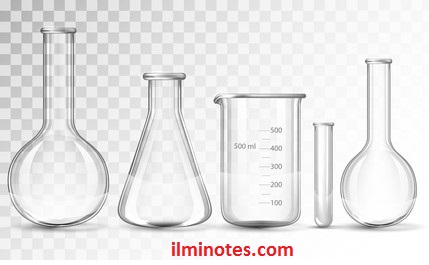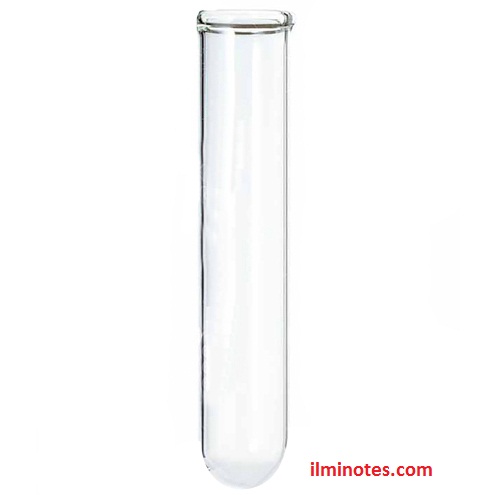What is a Test Tube.
Test tube is common laboratory equipment. It is also called "sample tube". The test tube consists of a finger-length cylindrical glass tube or a special type of plastic, with a U-shaped bottom and an open upper end. The function and purpose of the main test tube in the laboratory, for mixing, perforating or heating solid and liquid chemicals. Glass or special plastic tubes cannot react with the liquid, so they will not react with the liquid sample or completely destroy the experiment.
Types of Test Tube:
Many types of glass are used to make test laboratory products. All these types are used different laboratory. The borosilicate glass is the first type of glass, which is very transparent and can withstand very high pressure. The Quartz glass is another type of glass which can withstand very high temperatures. Many other parts of quartz glass are also used in the electromagnetic spectrum to withstand high temperatures.Test Tube Function
Similarly, actinic glass is another type of glass which can withstand or resist infrared and ultraviolet radiation. The other type is thick-walled glass, which can absorb a lot of pressure and be used for pressurized applications.
Handling Liquid Samples in Laboratories:
There are many dangerous bacteria and viruses are presents in the laboratory that can come into your body and cause harm to you. So, how do scientists ensure their safety when conducting all these experiments and testing different species?
So these people wear masks on their faces, gloves on their hands, and take many other precautions to ensure the safety of all parts of the body. All these projects use test tubes to handle hazardous materials carefully.
Tube Test Tube Function:
The test tube is made of glass or plastic. They are used in science and scientific laboratories to hold small amounts of liquid for heating and mixing. The most common dimensions of test tube are between 50 and 250 mm in length and 13 to 20 mm in width.
Test tubes are now widely used in chemical reactions, heating solutions, and growing organisms, such as test tube babies.
Test tube uses:
Test tube: The test tube are finger-shaped glass with an open top and a closed bottom.
Drying gun: The drying gun is used to remove trace amounts of water or any other volatile impurities in the sample.
Stirring rod: The stirring rod is used to mix chemicals and is made of solid glass.
Glass distiller: The glass distiller is made of glass and metal bulbs with long and curved nozzles for distilling various substances.
Condenser: A condenser is a device which condenses gaseous substances into liquids through a cooling process.
Measuring cylinder: Measuring cylinder is a device used to measure the volume of liquid.
Glass boiling point meter: The boiling point meter is designed to accurately measure the boiling point of a liquid by measuring temperature.
Volumetric flask: The volumetric flask is calibrated to maintain an accurate volume at a specific temperature.
Pipettes: Pipettes are used to transport liquids in biological and chemical laboratories and medicine.
Burytes: A dropper used to accurately dispense liquid in analytical chemistry, especially a reagent in titration.
The uses of Test tube glass for laboratory is given below:
Microscope slides: Microscope slides are a thin flat glass, available in a variety of sizes, such as a pack of 26 mm (3 x 1 inch), 72 pieces per pack.
Flask: A flask is known as vessel or container used for various purposes.
Petri dish: Petri dish or cell culture dish is a petri dish with a shallow transparent lid, which is usually used by biologists to cultivate bacteria, fungi and other cells.
Bottles: Bottles are narrow-necked containers which are used in laboratories, made of common materials of various shapes and sizes. They are used to store and transport liquids such as ink, water, beer, milk, wine, etc.
Evaporating dish: The evaporating dish is used to evaporate the supernatant and solution.
Jar: Jar is called rigid cylindrical or conical container, made of ceramic, glass or plastic, with a wide or open mouth.
Desiccator: Desiccator is a sealable shell used for desiccator to protect chemicals or moisture-sensitive items, such as cobalt chloride paper.



"도박꾼 카지노 커뮤니티 Best Casino Community Gamblers 카지노커뮤니티
ReplyDeleteBest Casino Community Gamblers"
"도박꾼 카지노 커뮤니티 Best Slot Community Gamblers 슬롯커뮤니티
ReplyDeleteBest Casino Community Gamblers"
Post a Comment